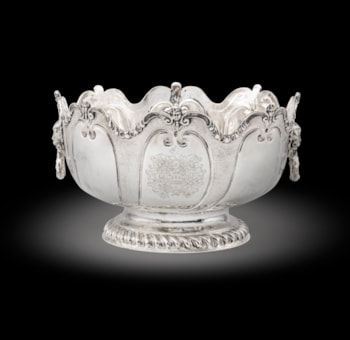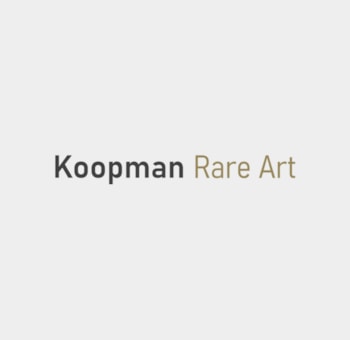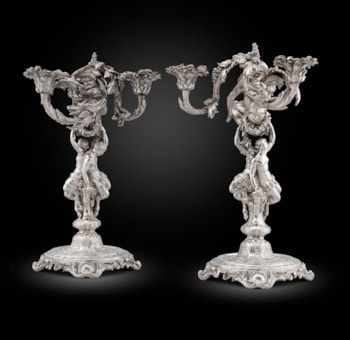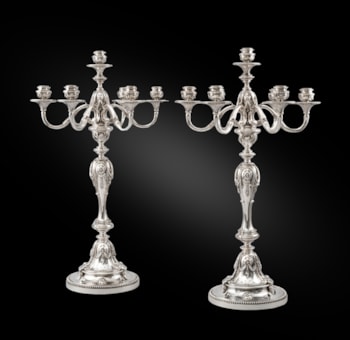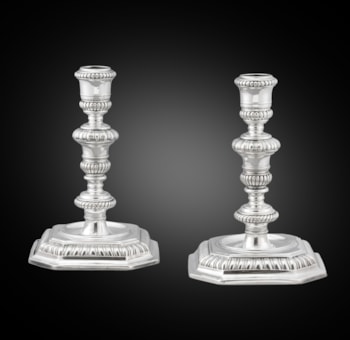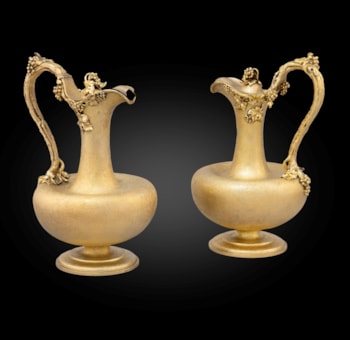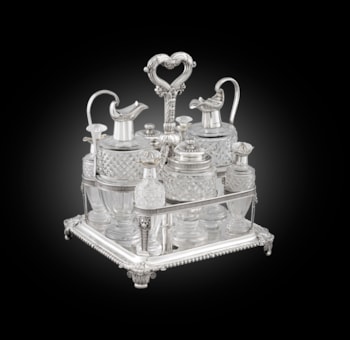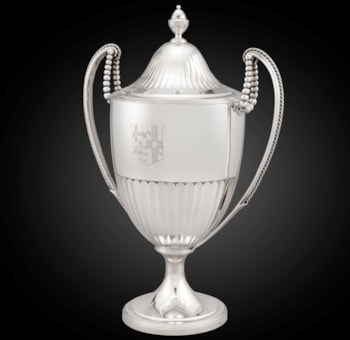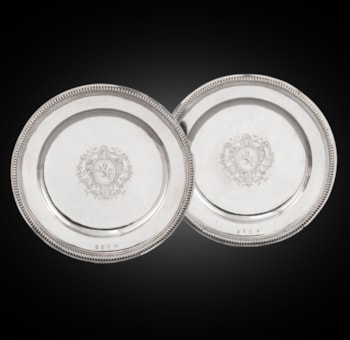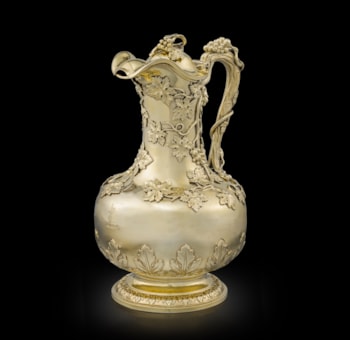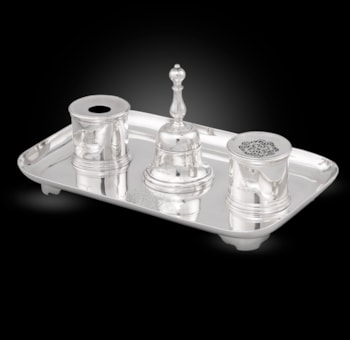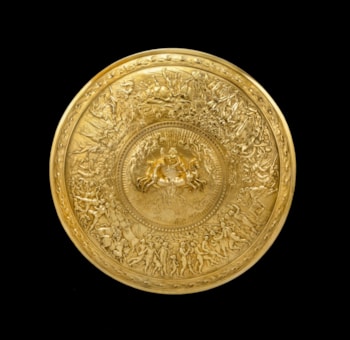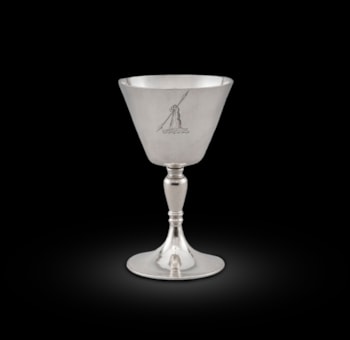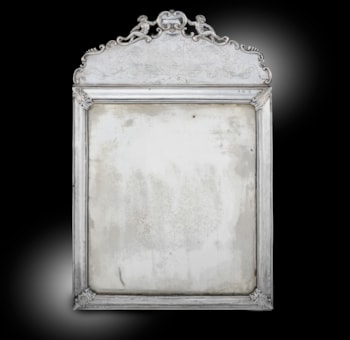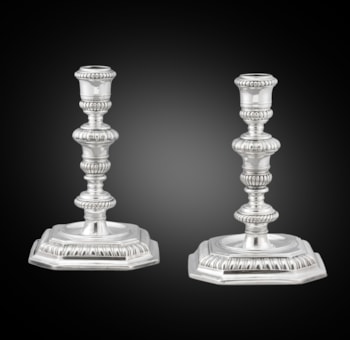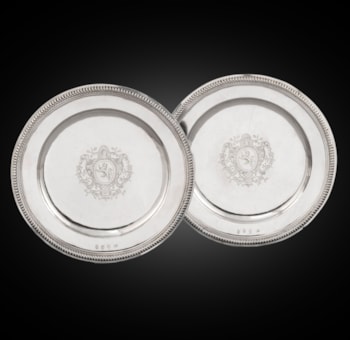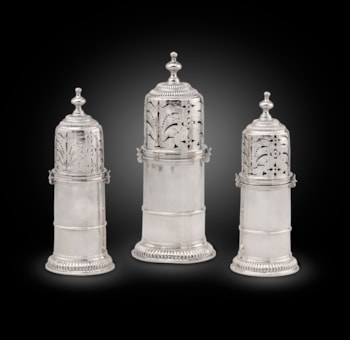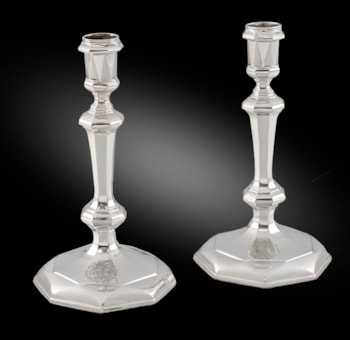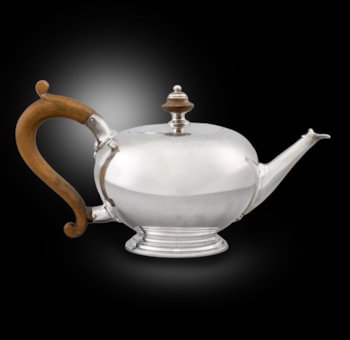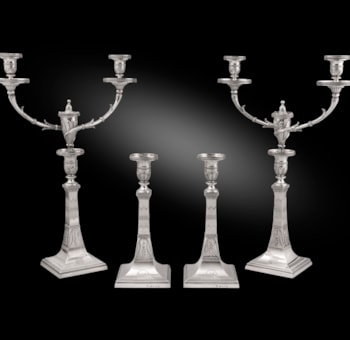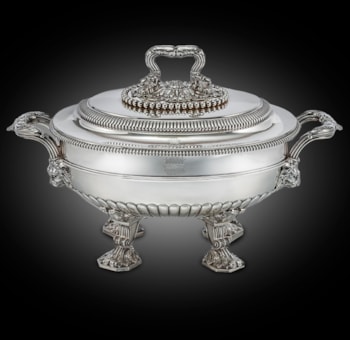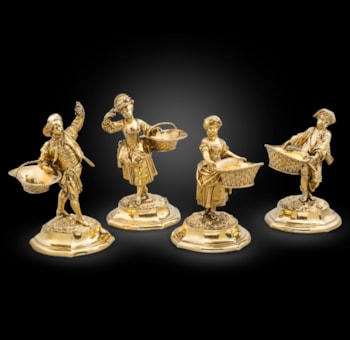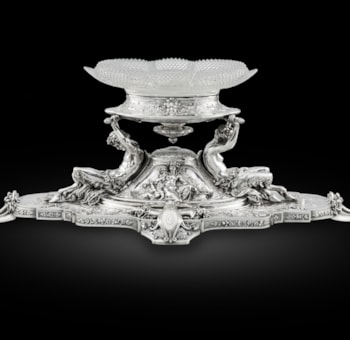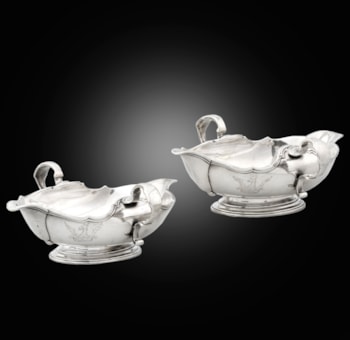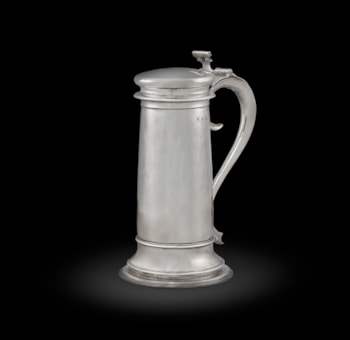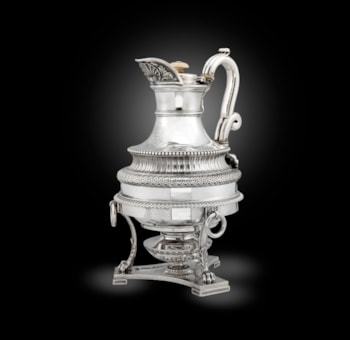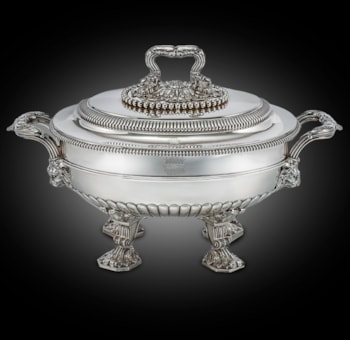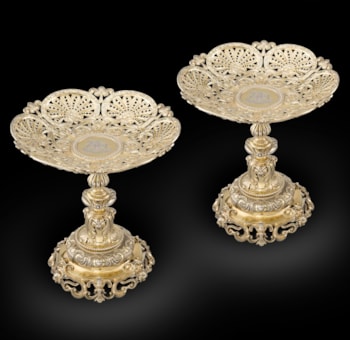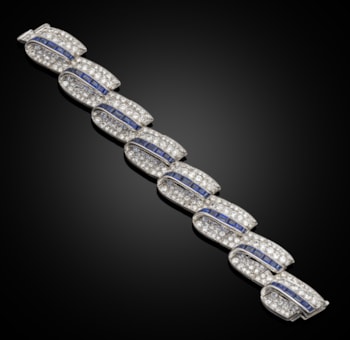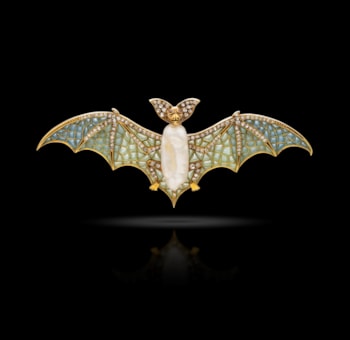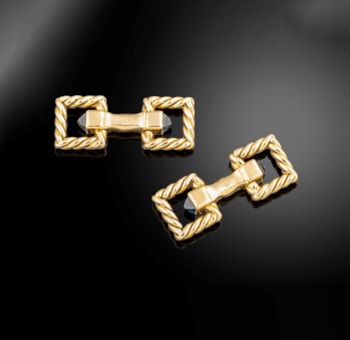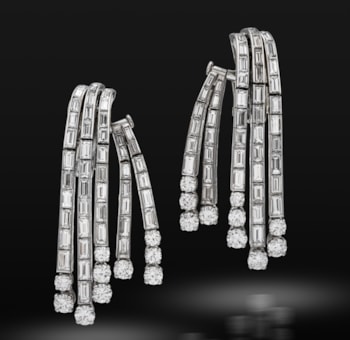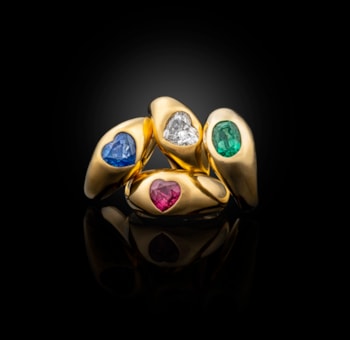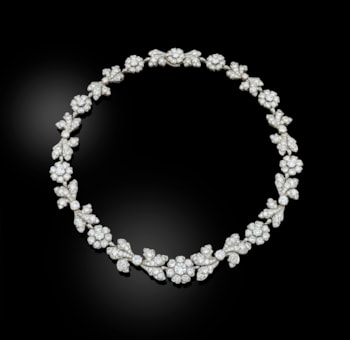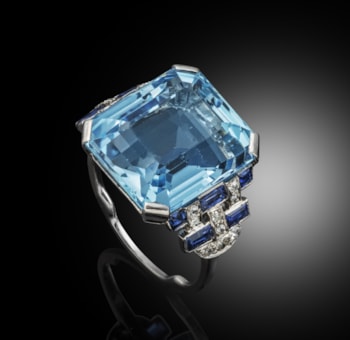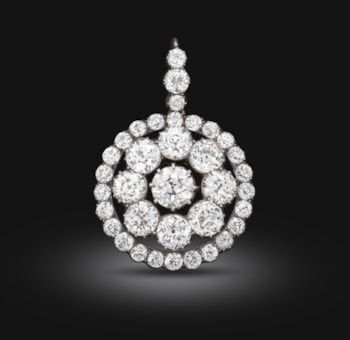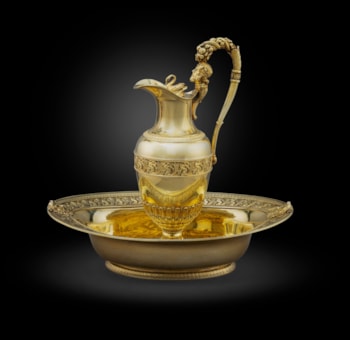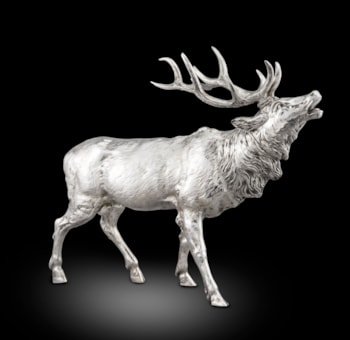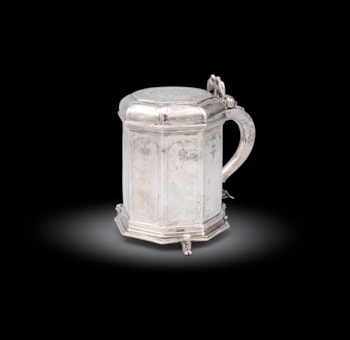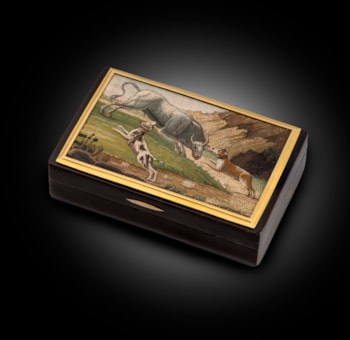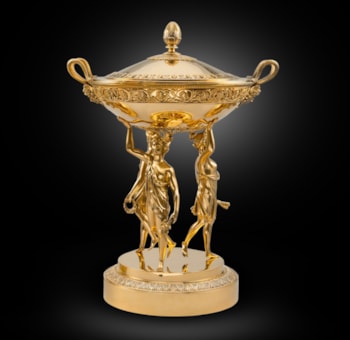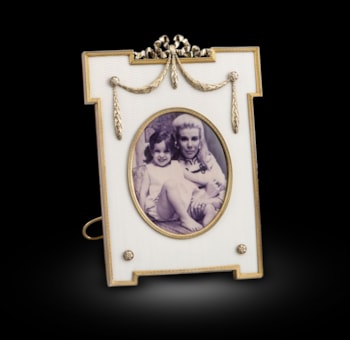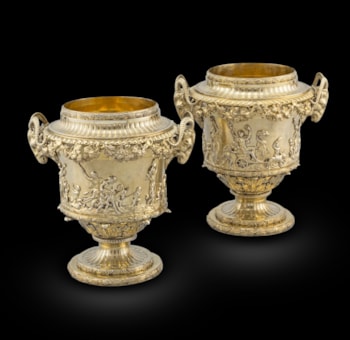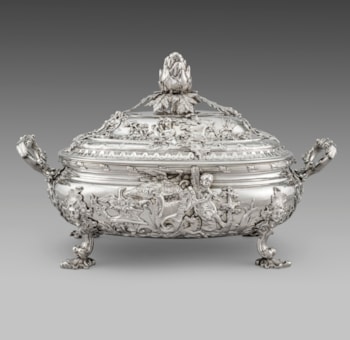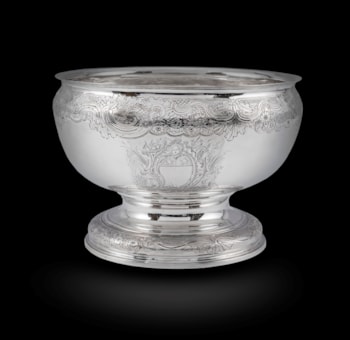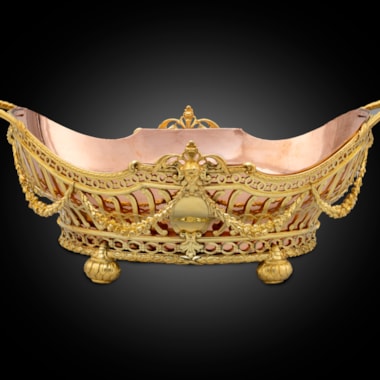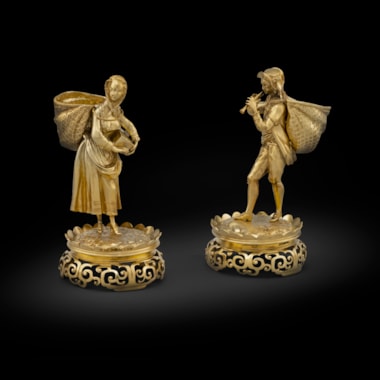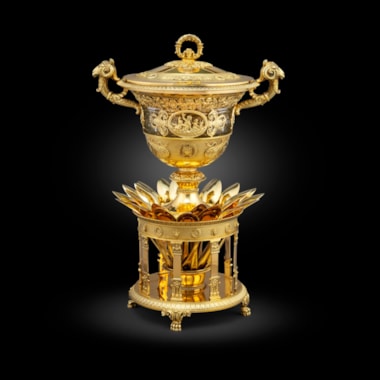Nautilus shells are a by-product of the European explorations of tropical regions during the Renaissance times. Nautilus originate from marine creatures living in the Pacific and Indian Oceans. The shell magically glows when the outer skin is removed, adding to these objects' whimsical essence. For this reason, shells were imported as natural marvels from tropical islands and became lustrous treasures that would have been exhibited in a Renaissance Wunderkammer. Wunderkammers, from German, translates as "room of wonder" or "cabinet of curiosities, " consisted of privately-owned collections of manufactured arts and natural arts, with minerals, ivory, ostrich eggs, coconut shells, nautilus shells, and other exotic objects.
To enhance the charm of a shell and improve its functionality as a drinking vessel, even if only fictionally, a goldsmith would have added protective mounts of silver, making it the superlative fusion between exoticism and western culture.
Because of its lustrous beauty, the Nautilus Cup became a preferred theme in the still life painting genre that gained independence and popularity during the Seventeenth Century in Northern Europe. In many examples, the depicted nautilus cups present an identical figurative stem with a supporting figure. What appears to differ from the depicted and surviving examples is the fluidity of the side straps, which are rarely scrolling but straight instead. The differences could stem from the fact that the geographical country of production for this cup differs from the usual one. While in the Netherlands, the genre assumed a name of its own (pronkstilleven) leading to a solid production of Nautilus cups, in England the manufacturing remained scarce. The present Nautilus cup appears to be the only example of the kind from the period, making it an invaluable historical object.
Piers Percival
Research conducted by Piers Percival into the maker has revealed the identity of John Evans and unveiled a good number of items (14 cups) all dating between 1594 to 1617. Most of these artworks are German in their appearance and at least one may have been made in Germany and subsequently hallmarked in England and therefore legally sold there. The link between this London maker and Germany or the Lower country appears to be obscure making this English cup even more rare as most often this would have been the work of an Augsburg or Nuremberg silversmith.
David M. Mitchell, Silversmiths in Elizabethan and Stuart London, Woodbridge, Suffolk: The Boydell Press, 2017, p. 356-57, ill. full page.
On the maker:
Piers Percival, ‘John Evans, makers of Steeple Cups’, The Silver Society Journal, 2000, no.12, pp.128-133
You May Also Like




